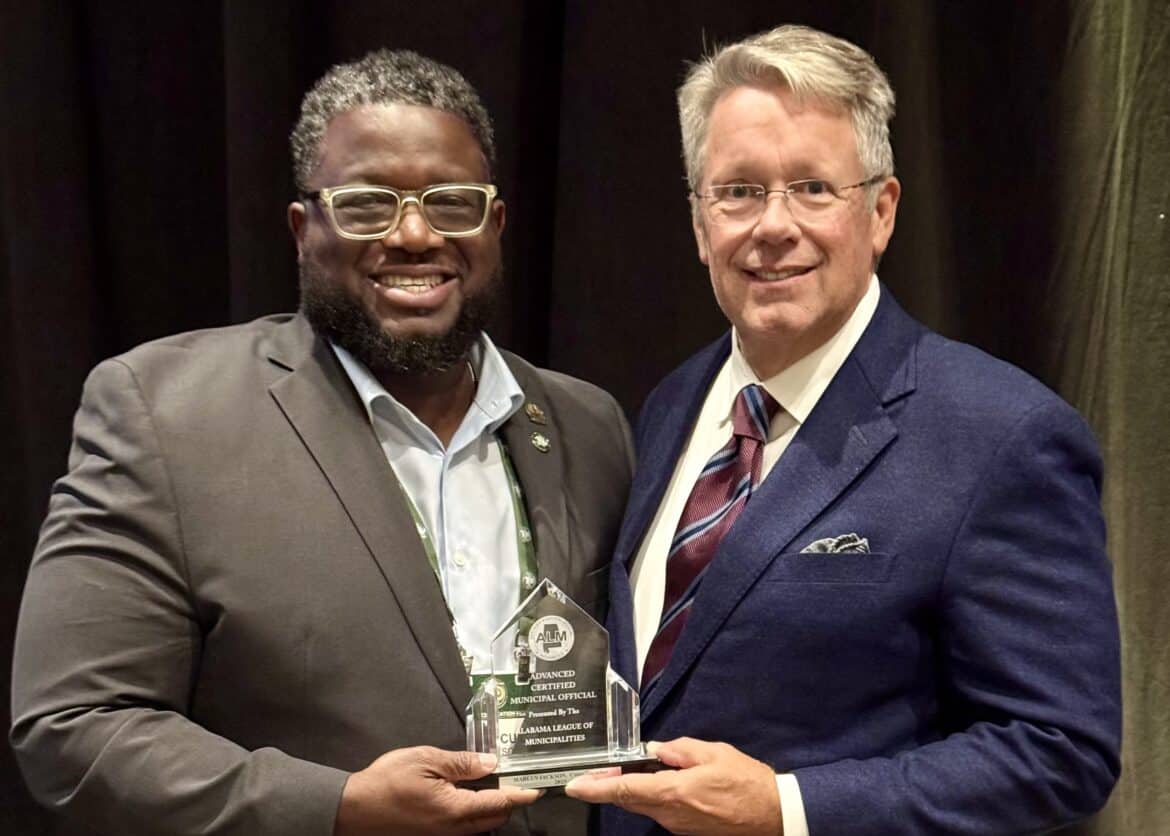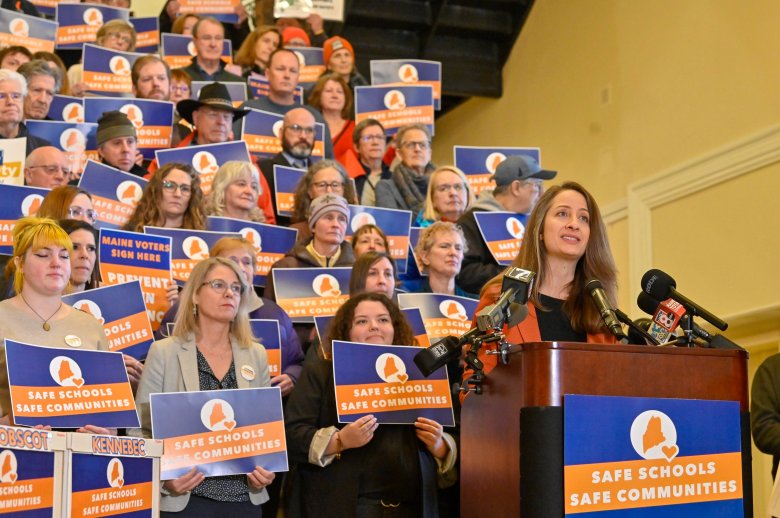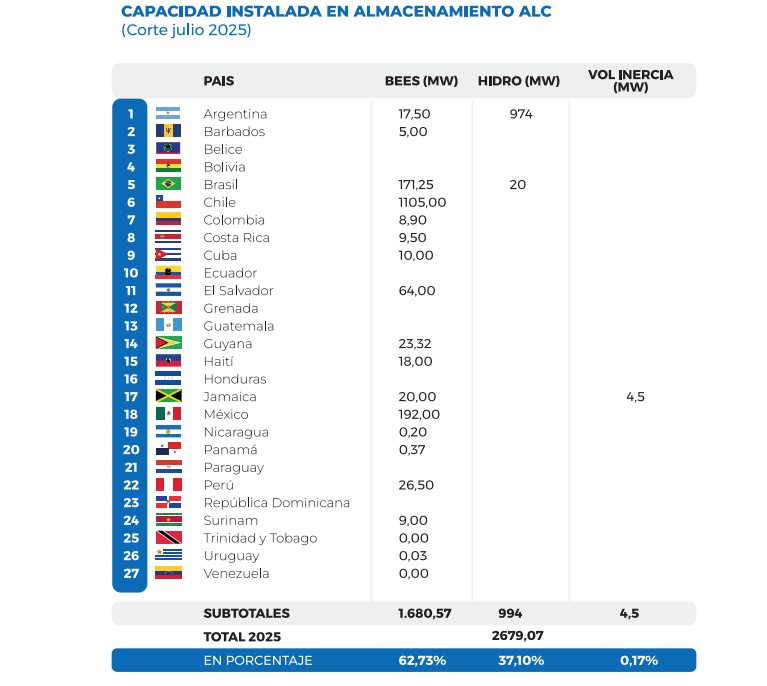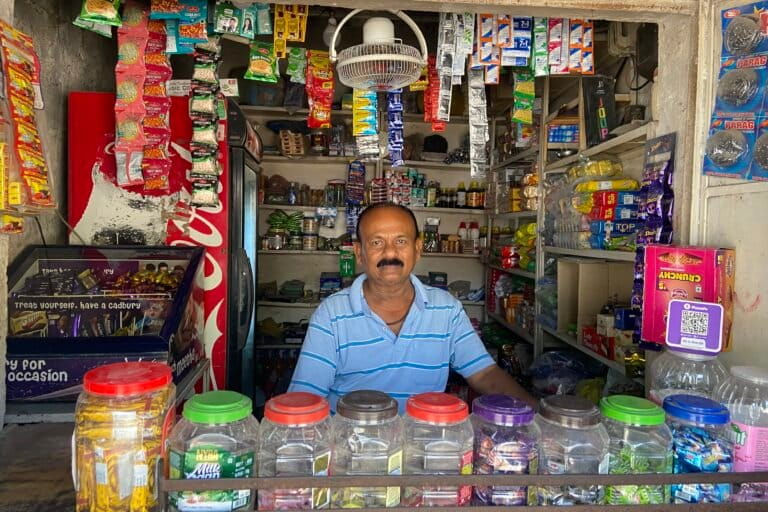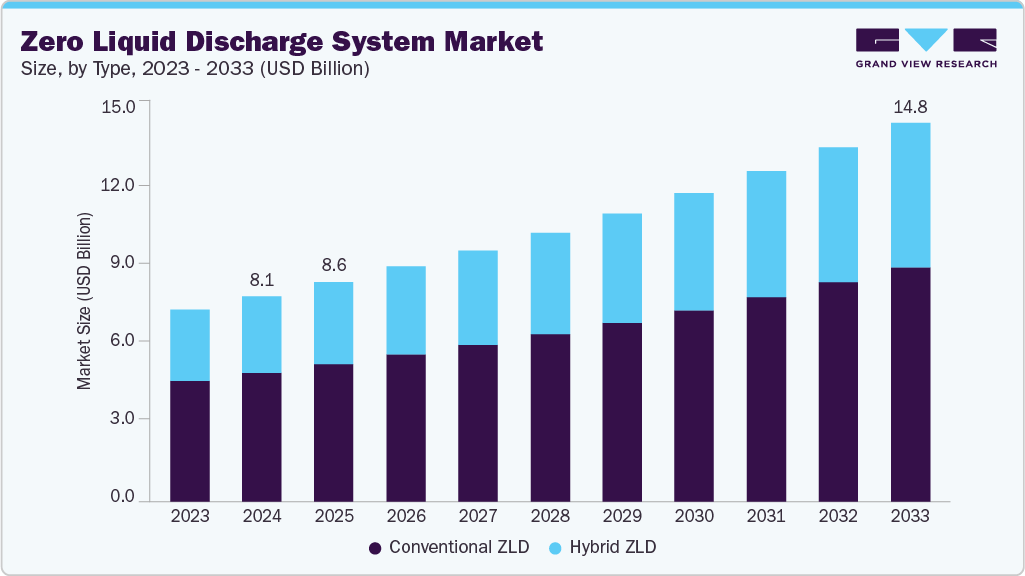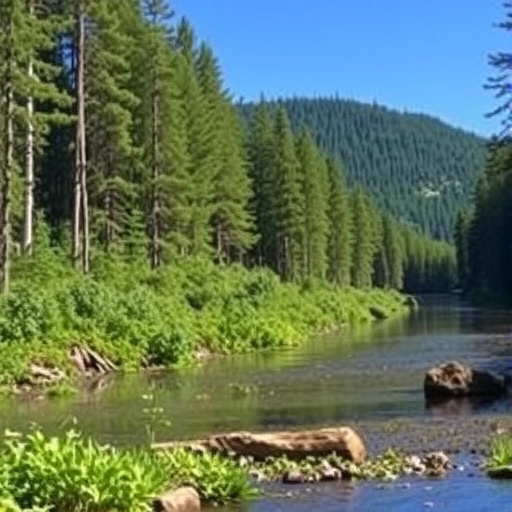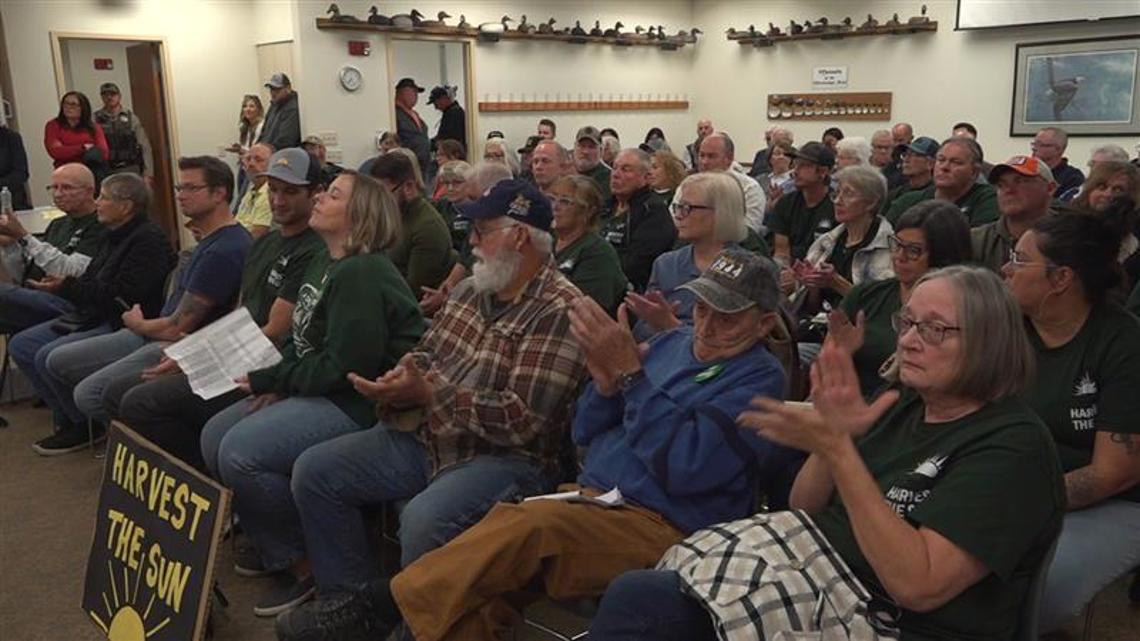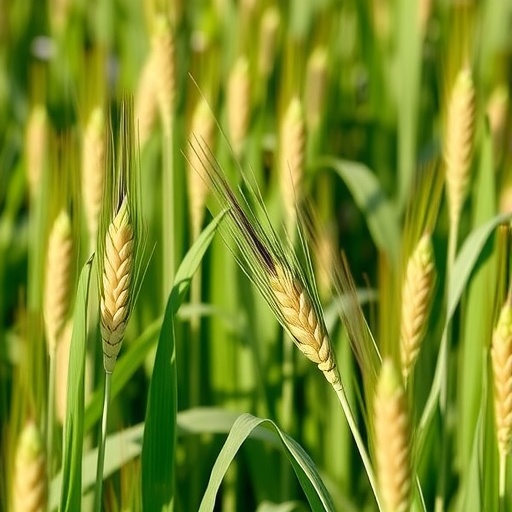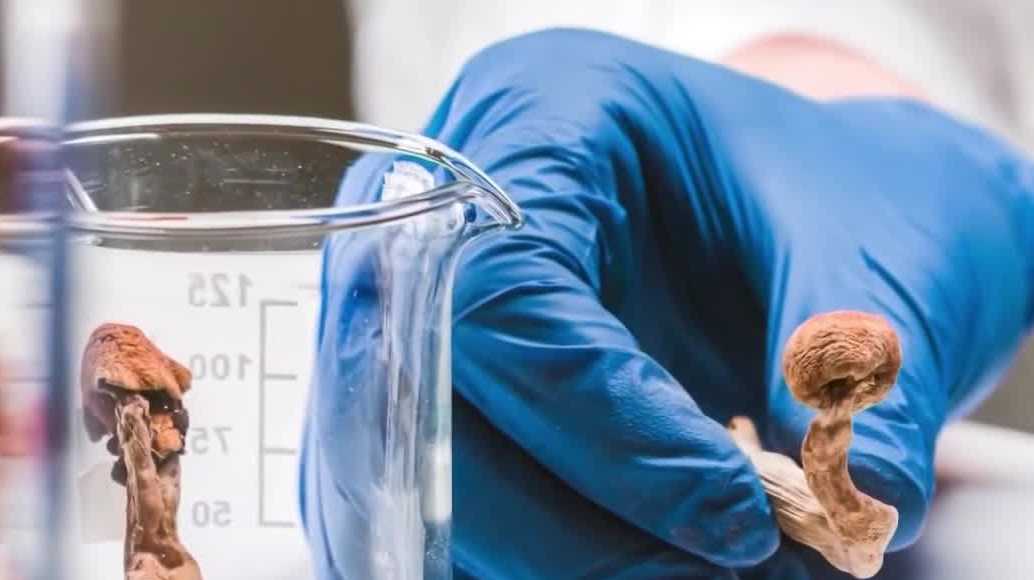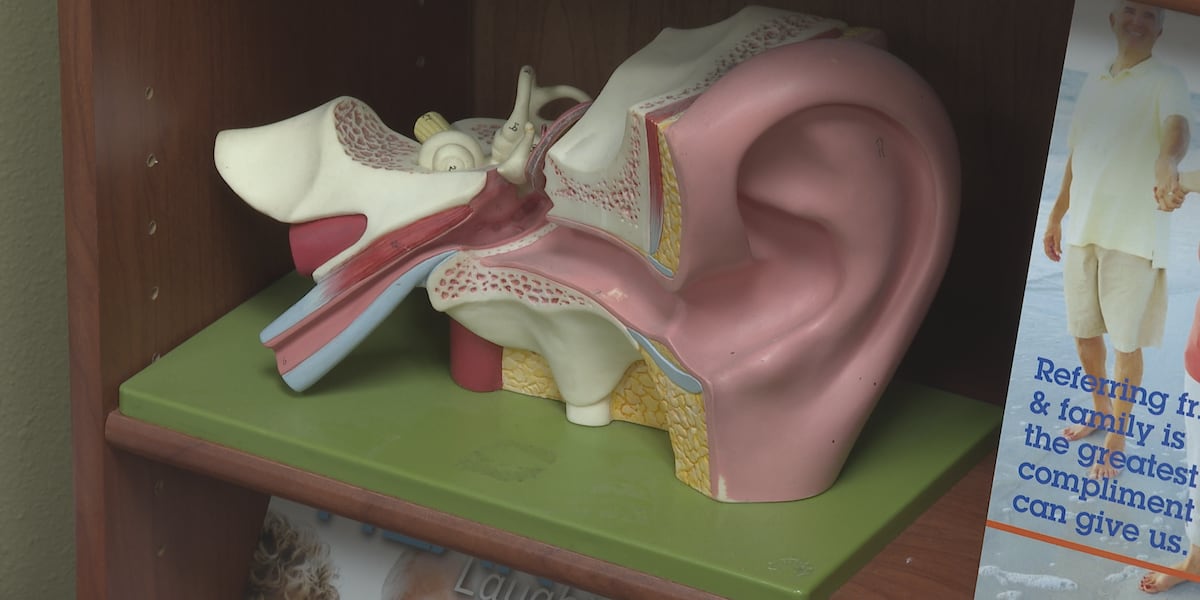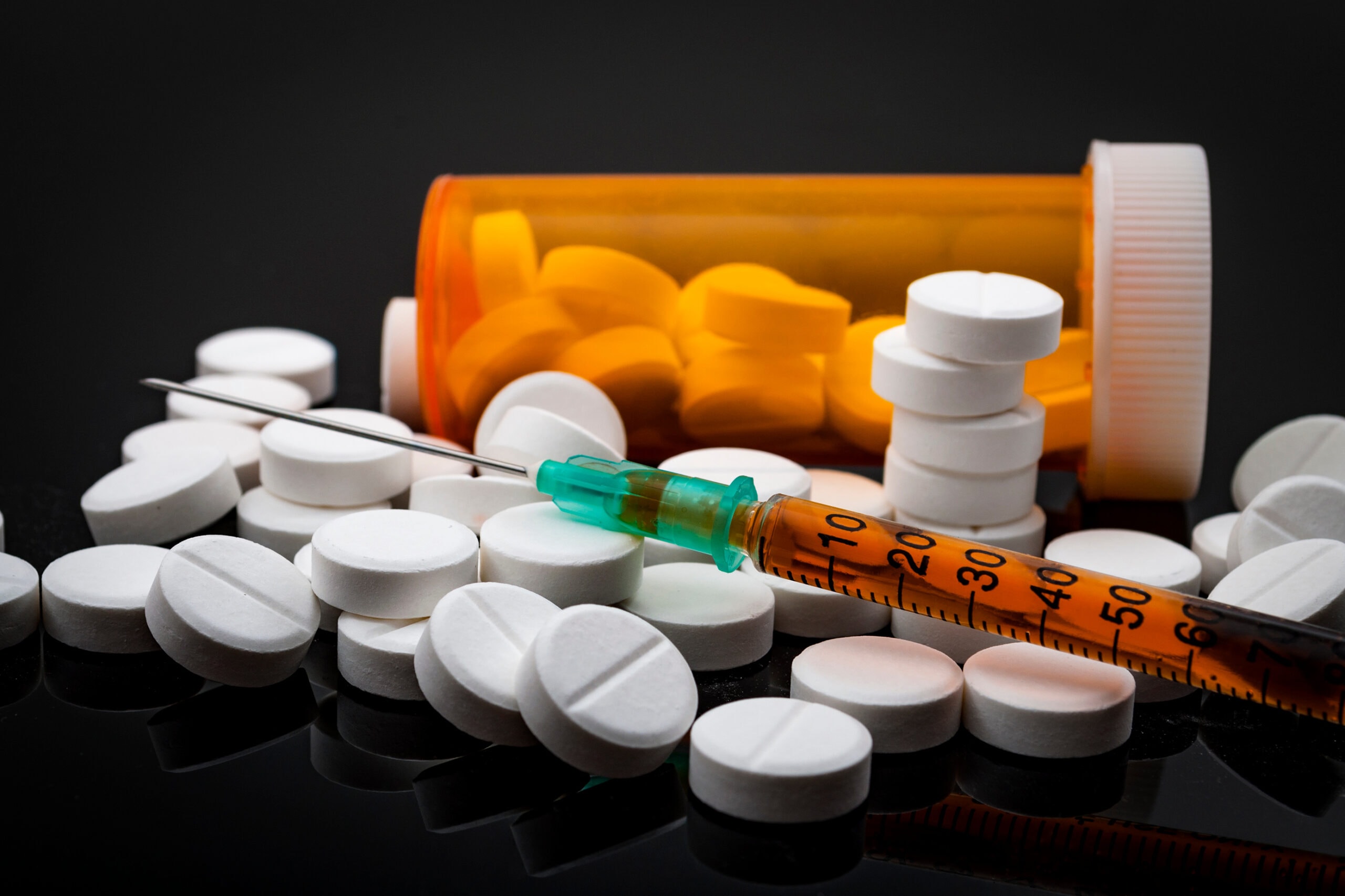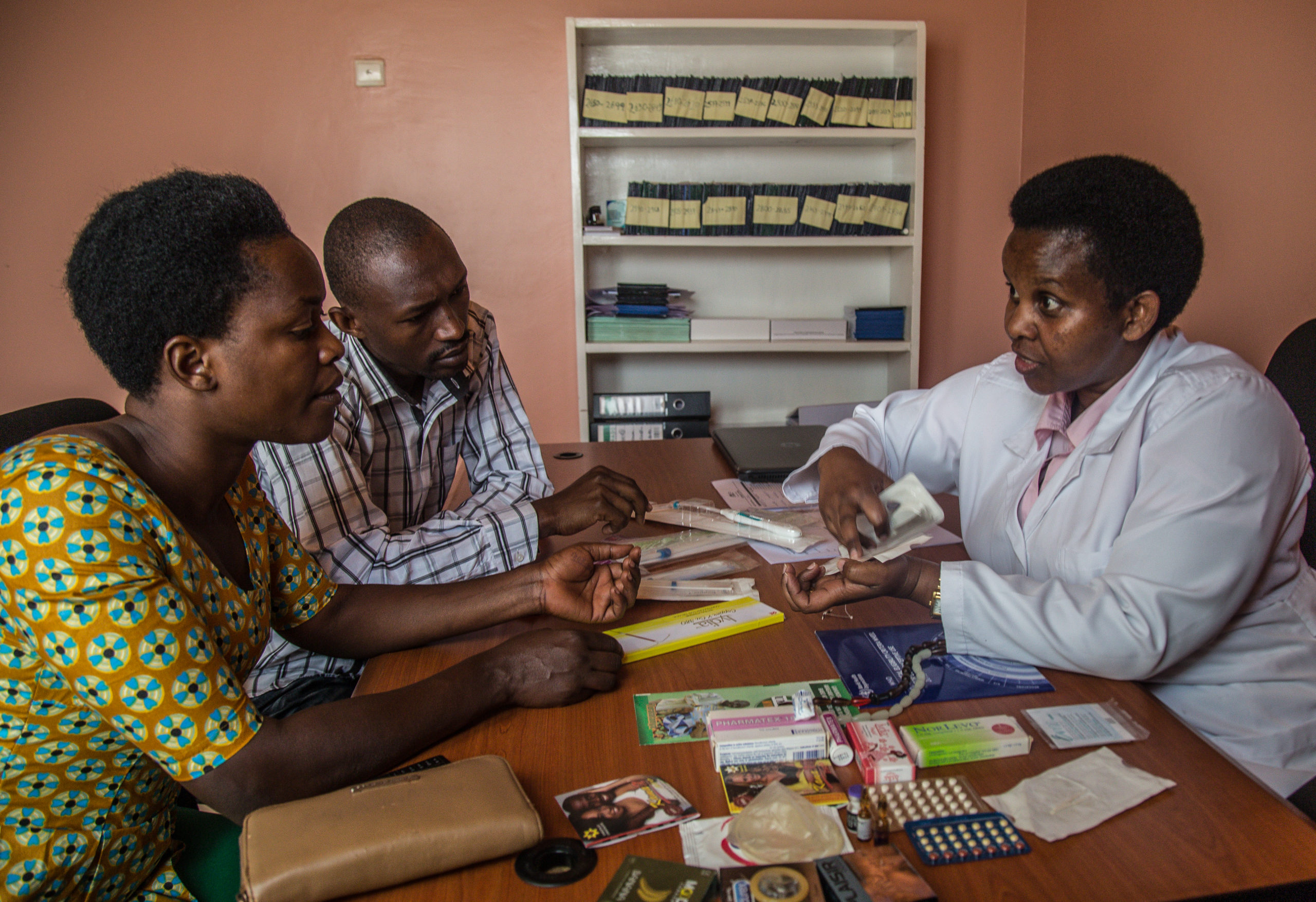Can We Alter the Ocean to Counter Climate Change Faster? This Experiment Aims to Find Out – Inside Climate News
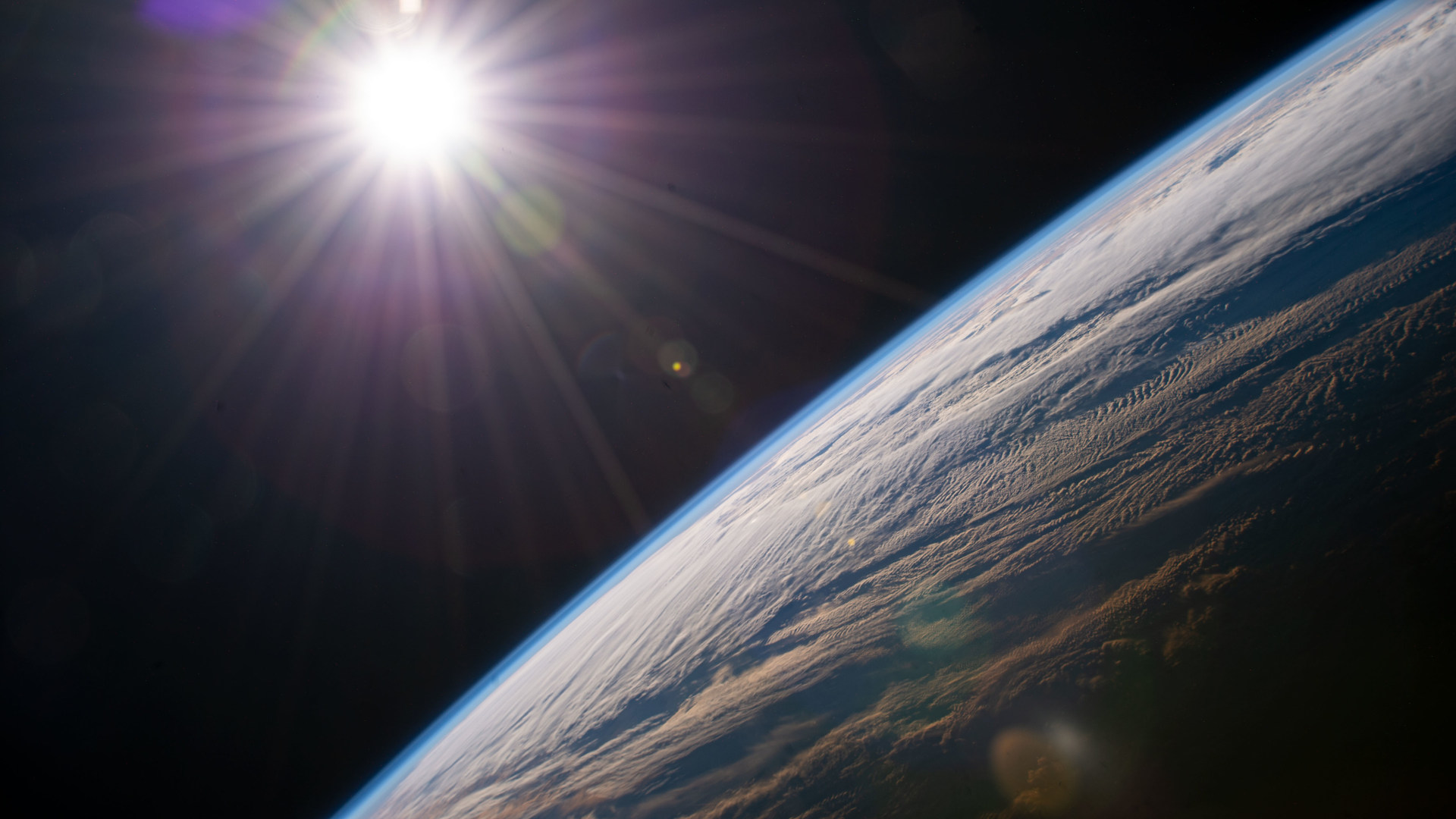
Report on Marine Carbon Dioxide Removal and its Alignment with Sustainable Development Goals
Introduction: A Federally Approved Experiment in Climate Mitigation
In summer 2024, scientists from the Woods Hole Oceanographic Institution (WHOI) will conduct a federally approved experiment in the Gulf of Maine to test a marine carbon dioxide removal (mCDR) technique known as ocean alkalinity enhancement (OAE). This initiative, part of the LOC-NESS project, directly addresses the urgent need for carbon removal strategies to supplement emissions reductions, a critical component for achieving the climate targets outlined in the Paris Agreement and central to Sustainable Development Goal 13 (Climate Action). The experiment aims to provide transparent, independent scientific data on the efficacy and environmental safety of OAE.
The LOC-NESS Project: Evaluating Ocean Alkalinity Enhancement (OAE)
Project Objectives and Methodology
The primary goal of the LOC-NESS (Locking away Ocean Carbon in the Northeast Shelf and Slope) project is to assess OAE as a viable method for long-term carbon sequestration. The methodology involves a controlled release of an alkaline substance to increase the ocean’s natural capacity to absorb and store atmospheric carbon dioxide.
- Substance Release: 50 tons of sodium hydroxide, a pure alkaline substance also used in drinking water treatment, will be released into the Wilkinson Basin.
- Tracking and Monitoring: A non-toxic rhodamine dye will be released simultaneously, creating a temporary, visible plume that allows for tracking via satellite and research vessels.
- Data Collection: An interdisciplinary team will collect data for one week on over 20 parameters, including changes in ocean chemistry, carbon uptake, nutrient levels, and impacts on local marine life such as plankton.
The scientific premise is that increasing alkalinity converts dissolved CO2 into stable bicarbonate, effectively locking it away for tens to hundreds of thousands of years. This has the potential to contribute to the gigaton-scale carbon removal identified by the IPCC as necessary to meet climate goals, directly supporting SDG 13.
Alignment with Sustainable Development Goals (SDGs)
SDG 13: Climate Action
The entire premise of the LOC-NESS project and the broader field of mCDR is a direct response to the climate crisis. Experts from the IPCC emphasize that emissions reductions alone are insufficient to remain below the 1.5°C warming threshold. Carbon removal technologies are identified as essential tools to achieve this goal. OAE research seeks to develop a scalable and permanent solution to actively remove CO2 from the atmosphere.
SDG 14: Life Below Water
A core component of the research is to rigorously evaluate the environmental impacts of OAE, ensuring that climate solutions do not compromise marine ecosystem health. This aligns with the conservation and sustainable use objectives of SDG 14.
- Risk Assessment: Concerns exist regarding mCDR techniques, including potential harm to marine life from impurities in minerals like olivine or unforeseen consequences of altering ocean chemistry.
- Precautionary Measures: The LOC-NESS project incorporates extensive safeguards. Lab trials were conducted on local species (phytoplankton, copepods) to ensure safety. The chosen substance, sodium hydroxide, is of high purity to minimize contamination. The experiment site was selected for its low seasonal presence of endangered species, and a protected species observer will be on board.
- Countering Ocean Acidification: By increasing alkalinity, OAE has the potential to mitigate ocean acidification, a major threat to marine organisms like corals and shellfish that rely on calcium carbonate for their shells and skeletons. This represents a potential co-benefit for marine biodiversity.
SDG 9, 16, and 17: Innovation, Strong Institutions, and Partnerships
The development and governance of mCDR technology engages multiple SDGs related to innovation, regulation, and collaboration.
- SDG 9 (Industry, Innovation, and Infrastructure): The private sector is actively developing mCDR technologies, with companies like Ebb Carbon and Vesta piloting different OAE approaches. This highlights the role of innovation in addressing global challenges.
- SDG 16 (Peace, Justice, and Strong Institutions): The LOC-NESS project underscores the importance of robust governance. It is the first academic OAE experiment in U.S. waters to receive a permit from the Environmental Protection Agency (EPA) under the Marine Protection, Research and Sanctuaries Act, demonstrating a rigorous, transparent, and scientifically-grounded regulatory process.
- SDG 17 (Partnerships for the Goals): The project is a model of multi-stakeholder collaboration, funded and supported by a consortium of academic institutions (WHOI), government agencies (NOAA, EPA), and philanthropic organizations (Carbon to Sea Initiative).
Broader Context and Alternative mCDR Strategies
Current State of Marine Carbon Removal
The field of mCDR is nascent, with most technologies requiring at least a decade of further research before large-scale deployment is feasible. Experts universally agree that immediate and drastic reductions in greenhouse gas emissions remain the foremost priority. The LOC-NESS experiment is designed not for large-scale carbon removal itself (estimated at 50 tons), but to generate foundational knowledge to guide the responsible development of the industry.
Other Investigated mCDR Methods
In addition to OAE, researchers and companies are exploring other marine-based approaches:
- Coastal Carbon Capture: Using minerals like olivine on beaches to react with seawater and increase alkalinity.
- Ocean Fertilization: Adding iron to stimulate phytoplankton blooms, which absorb CO2.
- Seaweed Cultivation: Farming large quantities of kelp or seaweed and sinking it to the deep ocean to sequester its stored carbon.
- Artificial Upwelling/Downwelling: Pumping nutrient-rich deep water to the surface to spur phytoplankton growth or moving carbon-rich surface water to the deep ocean.
Conclusion
The LOC-NESS experiment represents a critical step in the responsible evaluation of Ocean Alkalinity Enhancement. By prioritizing transparent, academic research, the project aims to provide the scientific foundation necessary to guide future mCDR efforts. Its framework demonstrates a comprehensive approach that balances the urgent need for climate solutions (SDG 13) with the imperative to protect marine ecosystems (SDG 14), all while being supported by strong partnerships and regulatory oversight (SDG 9, 16, 17). Preliminary results on carbon uptake and environmental impacts are anticipated in early 2025 and will be vital for informing the future of this emerging climate technology.
Analysis of Sustainable Development Goals in the Article
1. Which SDGs are addressed or connected to the issues highlighted in the article?
- SDG 13: Climate Action: The entire article is centered on combating the climate crisis by exploring methods for carbon dioxide removal from the atmosphere to supplement emissions reductions and meet the goals of the Paris Agreement.
- SDG 14: Life Below Water: The research and experiments discussed take place in the ocean. The article addresses the potential impacts of these technologies on marine ecosystems, ocean acidification, and the health of marine life.
- SDG 9: Industry, Innovation and Infrastructure: The article focuses on scientific research, technological innovation, and the development of new methods like Ocean Alkalinity Enhancement (OAE) to address a global challenge. It highlights the role of both academic research and private sector startups in advancing these technologies.
- SDG 17: Partnerships for the Goals: The article explicitly mentions collaborations between different sectors, including academic institutions (Woods Hole), government agencies (EPA, NOAA), philanthropic organizations (Carbon to Sea Initiative), and the private sector (Ebb Carbon, Vesta, Microsoft), to advance research and scale up solutions.
2. What specific targets under those SDGs can be identified based on the article’s content?
-
SDG 13: Climate Action
-
Target 13.2: Integrate climate change measures into national policies, strategies and planning.
The article demonstrates this through the federal approval process for the LOC-NESS experiment. The project is the “first of its kind to receive a permit from the Environmental Protection Agency under the Marine Protection, Research and Sanctuaries Act,” which shows the integration of climate-related research into national regulatory and environmental protection frameworks. -
Target 13.3: Improve education, awareness-raising and human and institutional capacity on climate change mitigation.
The LOC-NESS project’s primary goal is to build this capacity. The article states its aim is “to provide independent academic research that can help guide and inform the future of this industry” and for “the scientific community to be delivering transparent, trusted and rigorous science to evaluate these things.”
-
Target 13.2: Integrate climate change measures into national policies, strategies and planning.
-
SDG 14: Life Below Water
-
Target 14.2: Sustainably manage and protect marine and coastal ecosystems to avoid significant adverse impacts.
This target is addressed through the article’s focus on the potential risks and the precautionary approach. Scientists express concern about altering natural ocean processes and the need to “proceed in an extremely precautionary manner.” The EPA’s assessment concluded the small-scale project is “not expected to significantly affect… the marine environment.” -
Target 14.3: Minimize and address the impacts of ocean acidification, including through enhanced scientific cooperation at all levels.
The article directly addresses this target by explaining that OAE “helps counter ocean acidification” and describes the problem: “Ocean acidification occurs when the ocean absorbs excess carbon dioxide, causing its pH to drop. This makes it harder for corals, krill and shellfish… to develop their hard calcium carbonate shells or skeletons.” The experiment itself is a form of enhanced scientific cooperation. -
Target 14.a: Increase scientific knowledge, develop research capacity and transfer marine technology… to improve ocean health.
The LOC-NESS project is a direct example of this target in action. It involves an “interdisciplinary team of chemists, biologists, engineers and physicists” conducting research to understand a new marine technology. The project’s goal is to provide a “learning opportunity that this research is providing for OAE in the pelagic environment.”
-
Target 14.2: Sustainably manage and protect marine and coastal ecosystems to avoid significant adverse impacts.
-
SDG 9: Industry, Innovation and Infrastructure
-
Target 9.5: Enhance scientific research, upgrade the technological capabilities of industrial sectors… encouraging innovation.
The article is fundamentally about enhancing scientific research into new carbon removal technologies. It describes various innovative approaches, including OAE, Coastal Carbon Capture, and artificial downwelling, being developed by both academic institutions like Woods Hole and private companies like Ebb Carbon and Vesta.
-
Target 9.5: Enhance scientific research, upgrade the technological capabilities of industrial sectors… encouraging innovation.
-
SDG 17: Partnerships for the Goals
-
Target 17.17: Encourage and promote effective public, public-private and civil society partnerships.
The article highlights multiple partnerships. The LOC-NESS project is funded by “a collection of government and philanthropic sources including the National Oceanic and Atmospheric Administration and the Carbon to Sea Initiative.” It also mentions a private-sector partnership where “Ebb Carbon, a California-based startup… signed a deal with Microsoft to remove up to 350,000 metric tons of CO2.”
-
Target 17.17: Encourage and promote effective public, public-private and civil society partnerships.
3. Are there any indicators mentioned or implied in the article that can be used to measure progress towards the identified targets?
-
SDG 13: Climate Action
- Amount of Carbon Removed: The article provides specific quantitative goals for carbon removal. The global target is “between 6 and 10 gigatons of carbon need to be removed from the atmosphere annually by 2050.” Project-specific indicators include Ebb Carbon’s goal to “remove up to 350,000 metric tons of CO2,” Vesta’s estimate of “5,000 metric tons,” and the LOC-NESS experiment’s removal of “around 50 tons of CO2.”
-
SDG 14: Life Below Water
- Ocean Chemistry Metrics: Progress on addressing ocean acidification can be measured by tracking changes in ocean chemistry. The researchers will be “measuring acidity and dissolved CO2” and monitoring the ocean’s pH level.
- Marine Ecosystem Health Metrics: The impact on marine life is a key indicator. The experiment will monitor “marine microbes, phytoplankton and copepods,” “plankton populations,” and the presence of endangered species like the “critically endangered North Atlantic right whales.”
- Water Clarity: An indicator of environmental impact, mentioned as a concern with some methods, is water clarity. The article notes a concern that olivine “could cloud certain ocean areas and block light from penetrating to deeper depths.”
-
SDG 9: Industry, Innovation and Infrastructure
- Number of Research Initiatives and Permits: An indicator of innovation and research activity is the number of projects and their official sanction. The article notes the LOC-NESS trial is the “first ‘academic only’ OAE experiment conducted from a ship in U.S. waters” and the “first of its kind to receive a permit from the Environmental Protection Agency.”
-
SDG 17: Partnerships for the Goals
- Number and Type of Multi-stakeholder Partnerships: The article implies this indicator by listing the specific partnerships formed to advance the research, such as the collaboration between Woods Hole (academia), NOAA/EPA (public), and the Carbon to Sea Initiative (philanthropy/civil society), as well as the private-sector deal between Ebb Carbon and Microsoft.
4. Table of SDGs, Targets, and Indicators
| SDGs | Targets | Indicators |
|---|---|---|
| SDG 13: Climate Action |
13.2: Integrate climate change measures into national policies, strategies and planning.
13.3: Improve education, awareness-raising and human and institutional capacity on climate change mitigation. |
– Amount of carbon removed from the atmosphere (e.g., “6 and 10 gigatons… annually by 2050”). – Issuance of federal permits for climate mitigation research (e.g., “permit from the Environmental Protection Agency”). – Publication of transparent scientific research to inform industry and policy. |
| SDG 14: Life Below Water |
14.2: Sustainably manage and protect marine and coastal ecosystems to avoid significant adverse impacts.
14.3: Minimize and address the impacts of ocean acidification. 14.a: Increase scientific knowledge, develop research capacity and transfer marine technology. |
– Measurements of ocean chemistry (e.g., “measuring acidity and dissolved CO2,” pH levels). – Monitoring of marine life populations (e.g., “plankton populations,” “copepods,” “critically endangered North Atlantic right whales”). – Data on water clarity and light penetration. – Number of interdisciplinary scientific teams conducting research. |
| SDG 9: Industry, Innovation and Infrastructure | 9.5: Enhance scientific research, upgrade the technological capabilities of industrial sectors… encouraging innovation. |
– Number of research field trials for new technologies. – Number of private companies piloting new solutions (e.g., “at least four companies piloting varied ocean alkalinity enhancement techniques”). – Level of investment from public and private sources in research and development. |
| SDG 17: Partnerships for the Goals | 17.17: Encourage and promote effective public, public-private and civil society partnerships. |
– Number and type of partnerships formed (e.g., public-philanthropic-academic for LOC-NESS; private-private for Ebb Carbon/Microsoft). – Mobilization of financial resources through partnerships (e.g., funding from NOAA and Carbon to Sea Initiative). |
Source: insideclimatenews.org

What is Your Reaction?
 Like
0
Like
0
 Dislike
0
Dislike
0
 Love
0
Love
0
 Funny
0
Funny
0
 Angry
0
Angry
0
 Sad
0
Sad
0
 Wow
0
Wow
0



